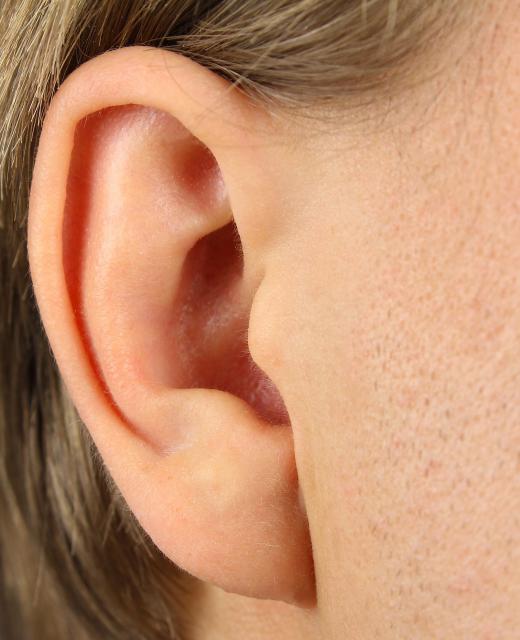What is Grey Noise?
Grey noise is one of many colors of noise. There is also white noise, pink noise, brown noise (sometimes called red noise), purple noise (or violet noise), blue noise, orange noise, black noise, green noise, and even more. Noise is an electrical signal that produces an acoustic sound. Colors are assigned to noise and are matched up based, loosely, on the correlations between the sound wave frequency and the color light wave frequency.
Grey noise then, has a sound frequency that, if translated to a light frequency, would roughly be the color grey. Grey noise is a random sound that is distinguishable from other types of sound because it sounds the same, to the human ear, at all frequencies.

Perhaps the most commonly discussed color of noise is white noise. Also a random noise, white noise is distinguishable not only because of its color but because it actually is the same at all frequencies. That is, it has the same energy levels at all frequency levels. Grey noise does not, but sounds that way to the human ear.
The reason grey noise sounds the same to the human ear regardless of the frequency is because of something called the psychoacoustic equal loudness curve. Also called the psychoacoustic equal loudness contour or Fletcher-Munson curve, this quality within grey noise, takes the individual biases of the human ear into account, measuring the loudness, level, and intensity of sound. The result is a sound that seems to sound the same at all frequencies.

Because sound perception can vary from listener to listener, grey noise is an important phenomenon in the study of psychoacoustics — the study of the subjectiveness of the human ear to different perceptions of sounds. Psychoacoustics assesses how the human brain is able to hear a sound, how the sound is transmitted to the brain, and how the listener processes this information to determine a sound. It then takes that information and compares how the sound is perceived from ear to ear by different listeners. As a result, psychoacoustics, and therefore grey noise, is of special interest to those who study potential hearing loss, including that of workers in loud industrial settings.
AS FEATURED ON:
AS FEATURED ON:












Discuss this Article
Post your comments